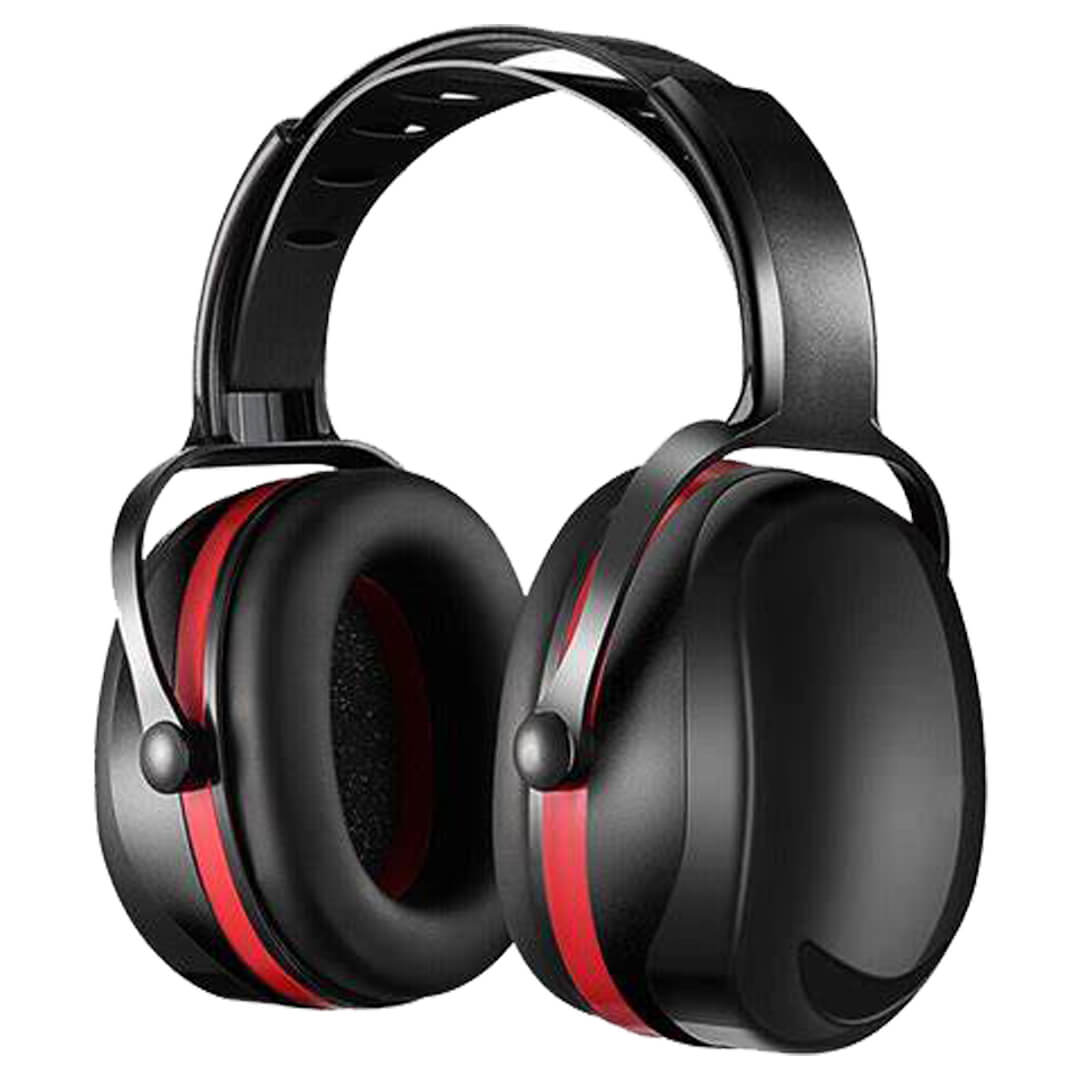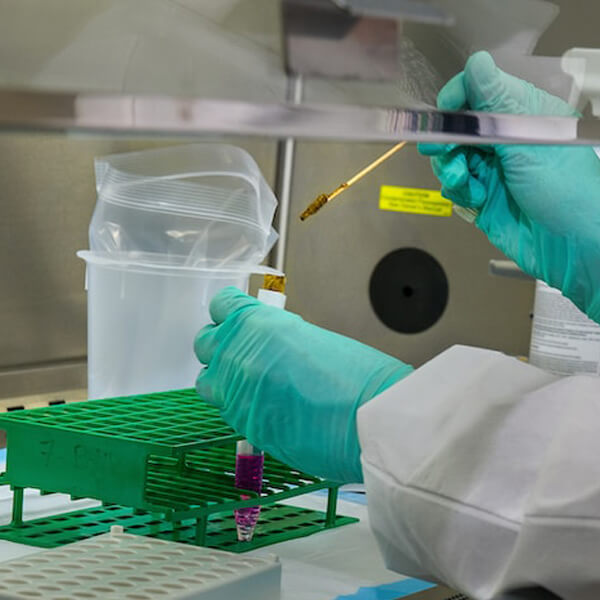Noise and Vibration
Lab Works EA has many years of experience in providing assistance concerning environmental noise to the manufacturing industry, property developers, the railway, local authorities and complainants experiencing a noise nuisance.
Environmental Noise Monitoring
In order to assess environmental noise, suitable and accurate noise monitoring is essential. Lab Works EA’s environmental scientists use the latest, high-specification instrumentation in order to accurately determine noise levels. This includes:
Type 1 / Class 1 precision sound level meters, used for broadband and real time octave and one-third octave band frequency analysis. The instruments can be configured to store data over an extended period of time for later retrieval and examination in the laboratory
Narrow band analysers and digital recording systems for identifying specific noise sources, particularly in noise nuisance cases.
Typical Applications
To assess noise nuisance in mixed industrial and residential areas in accordance with BS 4142 ‘Method for Rating Industrial Noise Affecting Mixed Residential & Industrial Areas’
To determine noise levels generated by construction sites and to advise on control measures in accordance with BS 5228 ‘Noise Control on Construction & Open Sites’
To measure environmental noise from an industrial site as a requirement of ISO 14001 Environmental Management System, or for determining compliance with planning consents
For assisting land developers with planning applications, following guidance in Department of Environment Publication PPG 24 ‘Planning & Noise’

Advice
Lab Works EA’s issue fully-comprehensive reports of all measurements taken, interpreted against current legislation and guidance. Where necessary, advice and recommendations are given including:
Immediate actions to control noise nuisance
Future actions and possible control measures to reduce noise complaints
Noise Modelling
When considering the noise aspects of a new development, or modifications to an existing site, it is usually necessary to predict the new noise climate for comparison with the current situation. Noise prediction from potential construction sites and road traffic are also essential to determine the degree of noise nuisance. Lab Works EA’s use the latest software to undertake complex calculations associated with environmental noise propagation.
An acoustic model of an area is generated on to a topographical map by entering items such as point sources of noise, buildings, ground and foliage regions, housing regions, industrial sites and surface contours. The software is then used to determine predicted noise levels at receiver points and generate a noise contour diagram. The advantages of modelling are:
It is largely a desk-top exercise when noise data is already available
It facilitates the calculation of the effects of many noise sources simultaneously
The effects of moving / removing / adding / attenuating noise sources can be determined quickly and easily
The calculations are based on international standards of computing sound propagation
It produces easily understood contour diagrams
Environmental noise can loosely be defined as any unwanted sound in the vicinity of the home or its locality, and can embrace industrial noise, noise from transport, as well as noise from domestic premises. Recent surveys show that noise is the most widespread of environmental pollutants, and is the greatest source of complaints to Environmental Health Officers.
Air Quality Monitoring & Assessment
Environmental Health & Safety Measurements
Occupational Hygiene Measurements
Food
Agriculture
Asbestos




